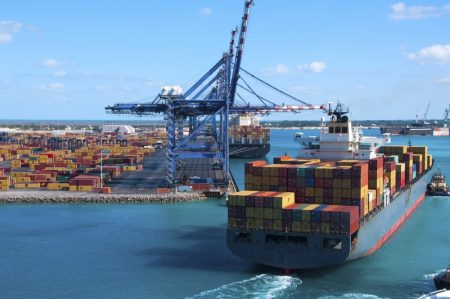Large Issuers: Are You Really Ready for New Investors?
January 10, 2017


In a couple of different measures, the municipal bond market looks like a deep and diverse capital market. Bonds outstanding total close to $4 trillion. In 2016, nearly $1.8 billion in bonds were issued on average for every day the markets were open over the course of the record-breaking year. But in other, less obvious ways, the market can seem small for issuers at times. How? There are a small handful of very important bond investors that dominate the primary market, determining the prices/yields that issuers will pay for capital over the life of their borrowings. These include big mutual funds and insurance companies.
For large issuers, these investors are absolutely critical and they play an important role in the market. But with plans for a new, $1 trillion federal push for enhanced infrastructure investment, there’s a big opportunity for large issuers to tap new, deep-pocketed investors to raise additional capital for future projects: foreign investors.
Last month, the Wall Street Journal ran an interesting story about the head of Japan's Government Pension Investment Fund expressing interest in investing in U.S. infrastructure. One way they could do this is to invest directly in a cash-flowing entity like a port or transit authority, buying the entity or becoming an equity investor. But another way – one that offers more liquidity - is to purchase the bonds of an issuer. Some of the largest issuers in the muni bond market in 2016 were these types of issuers, including the New York MTA, the Pennsylvania Turnpike, the La Guardia Gateway Partners, Chicago O’Hare International Airport and San Francisco International Airport.
The Government Pension Investment Fund is one example of a new foreign investor, and a big one at that: they have $1.2 trillion to invest. I think they would be very interested in taxable municipal bonds of certain large issuers like the ones mentioned above. That could be a distinct possibility if a 2.0 version of the Build America Bonds program was developed by the incoming administration and Congress as part of an enhanced infrastructure program.
As an issuer, the opportunity to diversify your investor base and/or diversify your capital structure is one that can’t be ignored. Diversification offers long-term benefits to issuers and their constituents, as many large traditional municipal investors can be full or nearly-full on a given issuer’s bonds. This is particularly true for large and frequent muni issuers.
But foreign investors will only deploy their capital with issuers who are transparent and easy to find online like a large corporation would be. If you’re a large issuer in the muni market, it’s time to do a self-assessment to ask yourself if you’re ready for new taxable investors that have certain expectations about disclosure and transparency. I think it requires three things: first, access to and direct participation in bond financings by top issuer officials like governors, mayors, treasurers, and executive directors; second, direct communication with investors through regular, live investor conference calls; and third, a dedicated investor relations website to make it very easy for these new investors to understand a credit and have confidence in the ability to efficiently do due diligence in future years. In other words, present yourself like a corporate issuer would present themselves to investors. If you want access to taxable capital, meet the expectations of taxable investors.
One final thought: this is the same opportunity that presented itself in 2009 when the initial Build America Bonds program was authorized under the federal stimulus act. In terms of accessing foreign investment under this program then, unfortunately it was a swing-and-miss for most issuers for a variety of reasons. That could change with a second generation BABs program, but it will be up to issuers to make it happen.